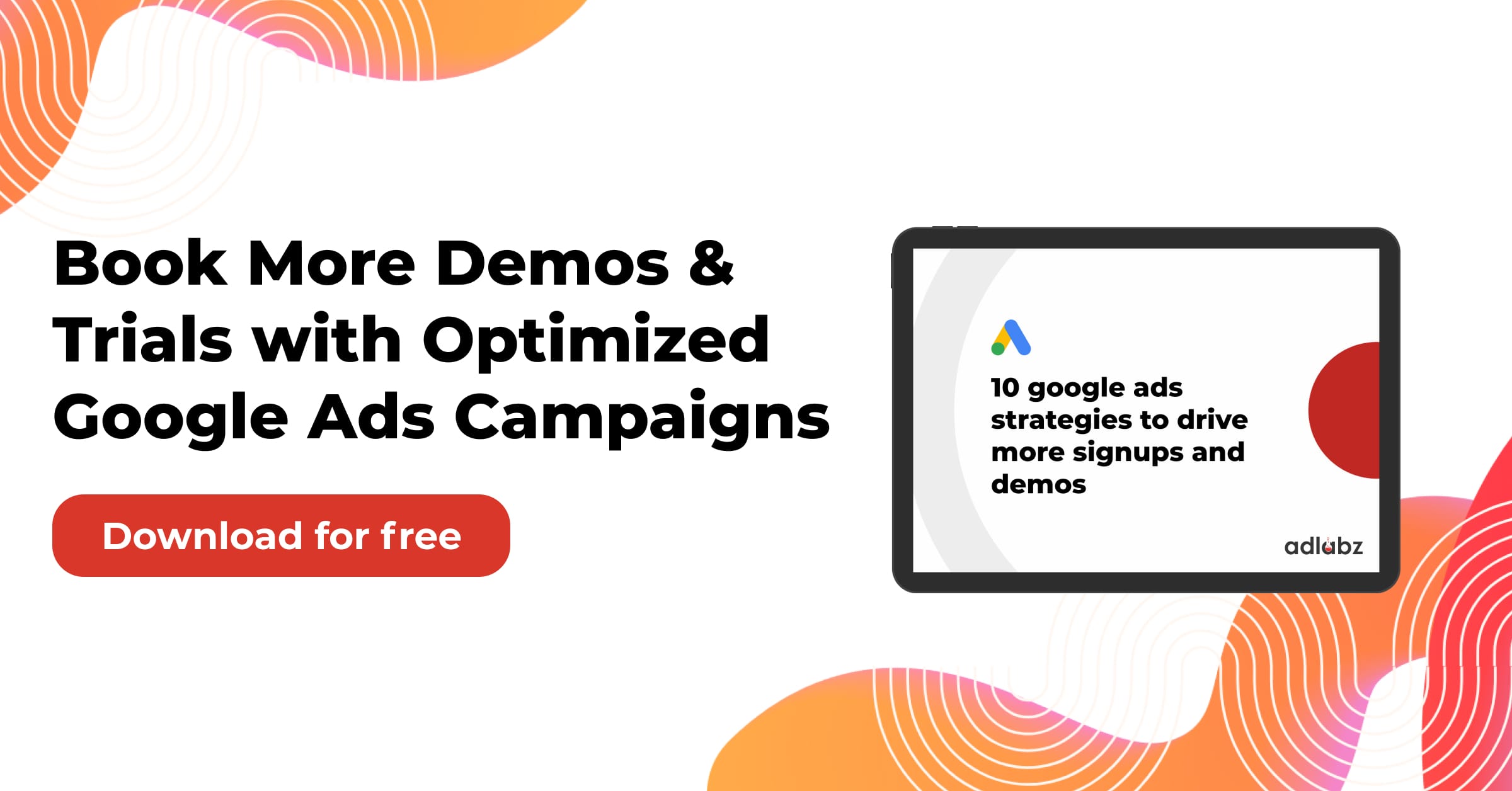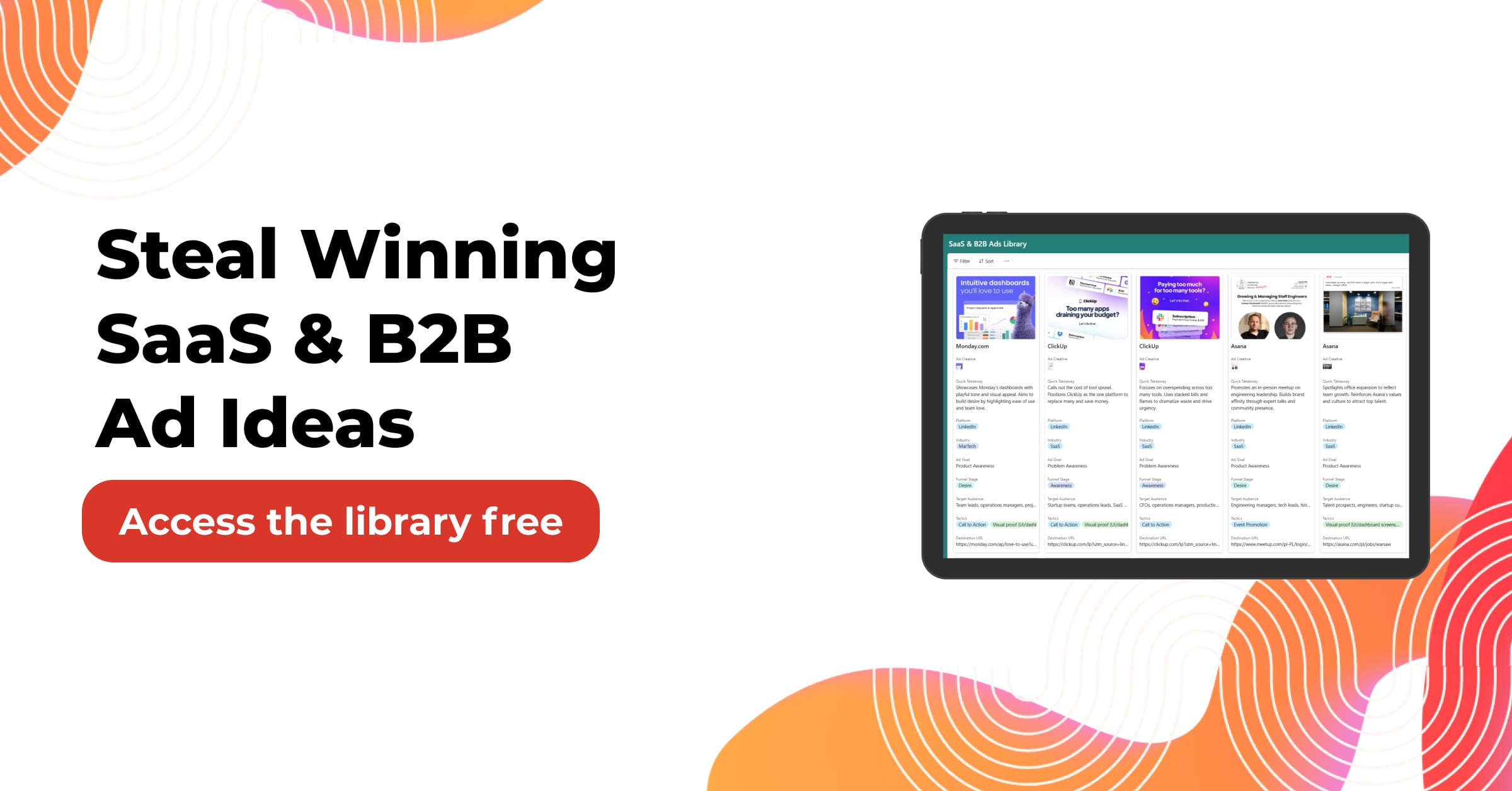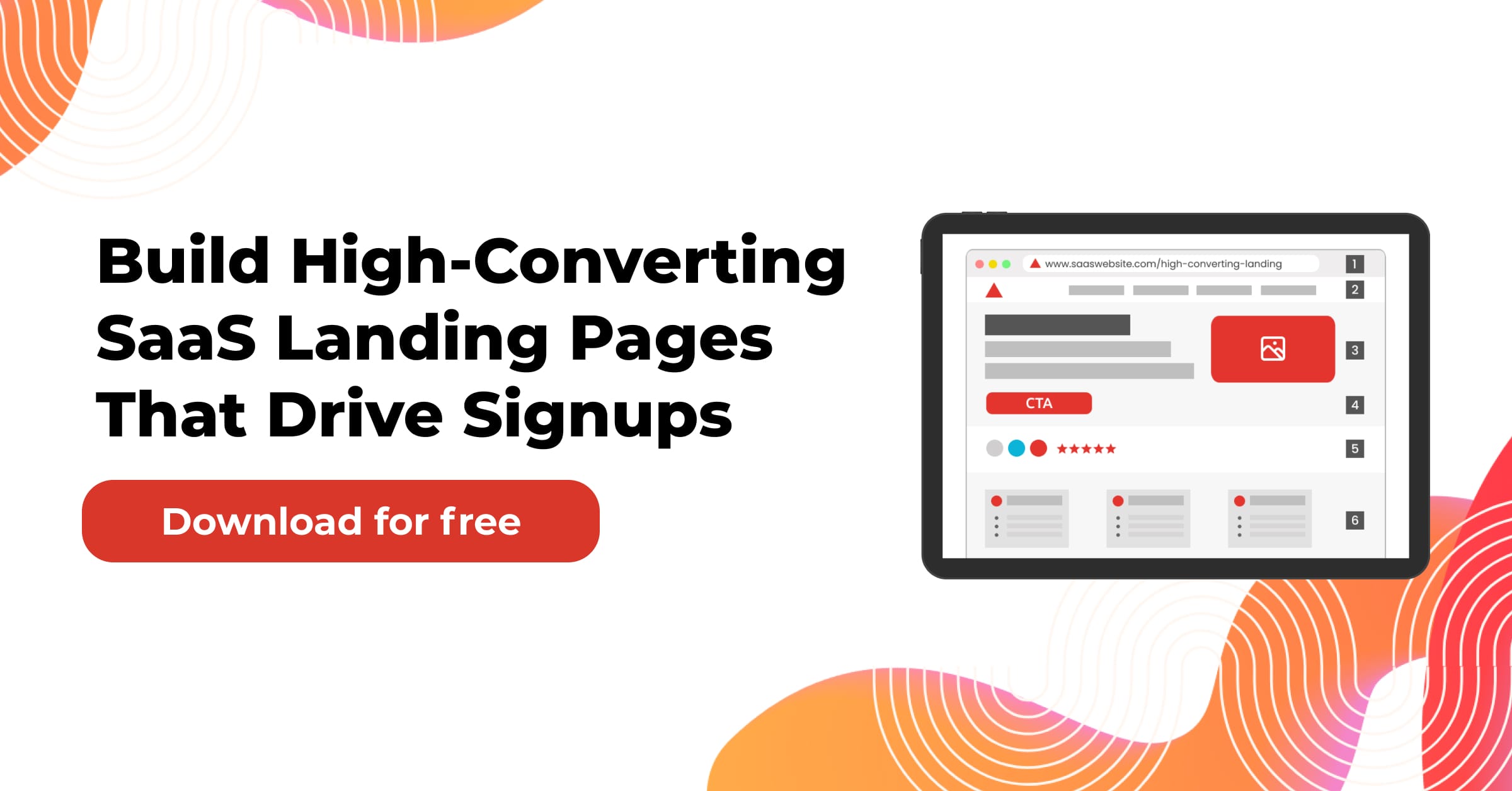In the cutthroat world of B2B SaaS, real customer understanding isn’t just a nice-to-have—it’s a must-have. By creating a detailed SaaS buyer persona template, you can make sure to tailor your product development, marketing strategies, and sales efforts to suit the specific needs and problems of your target audience. Leveraging the details of your best customers and their experience with your product can have a dramatic impact on improving customer engagement, increasing conversion rates, and most importantly, helping the company grow over time.
Related Article: https://www.adlabz.co/ultimate-lead-generation-hacks
In this blog, you’ll find everything you need to know to create an effective B2B SaaS buyer persona checklist. It guides you through the critical steps of identifying key decision-makers, their roles and responsibilities, and their pain points and goals. It’s also within this module that we’ll show you how to extract valuable intelligence from customer interviews, surveys, and market research so that you can develop a persona that is a true representation of your ideal customer. So no matter if you’re a startup or an established SaaS provider, this guide will arm you with the tools you need to connect well with your audience and offer them solutions that resonate with their needs.
Table of Contents
What Is a SaaS Buyer Persona?
A SaaS buyer persona is a semi-fictional characterization of your target audience based on real data about your current customers and market research. SaaS buyer personas set themselves apart from general customer personas by focusing on the unique dynamics of the B2B SaaS market, where the purchasing process tends to involve multiple stakeholders and longer sales cycles.
Buyer Persona, User Persona, and ICP – What’s the Difference?
To build out your SaaS strategy, you must understand the difference between buyer persona vs user persona vs Ideal Customer Profile (ICP). Here’s how they differ:
Buyer Persona represents those who make decisions and grant permission to purchase your SaaS product. These persons are usually in high professional rank: executives or managers, whose primary focus is underlying the solution chosen fits in with the company’s proper objectives and delivers an unequivocal profit for the investment made. User Persona is the one that deals with the people who will be using your software on a day-to-day basis. These personas help to focus on particular features and user experience requirements that need to be incorporated into a product to be intuitive to use and aligned to their daily workflow. An Ideal Customer Profile (ICP) defines the type of companies that would gain the maximum value from your SaaS product. Directly related to the best-fit companies, this will include our most important firmographic attributes of industry, company size, revenue range, and geo-location to indicate your ideal target potential customers that will receive tremendous value from your solution.
Being aware of these differences makes sure that your messaging and product-building efforts todo are channeled in the right direction.
Why Do You Need a SaaS Buyer Persona?
What is a Buyer Persona and Why Should You Use One? Without a complete buyer persona, your marketing and sales can lack focus and be ineffective. Here’s a list of some of the top reasons every B2B SaaS company needs to develop detailed personas:
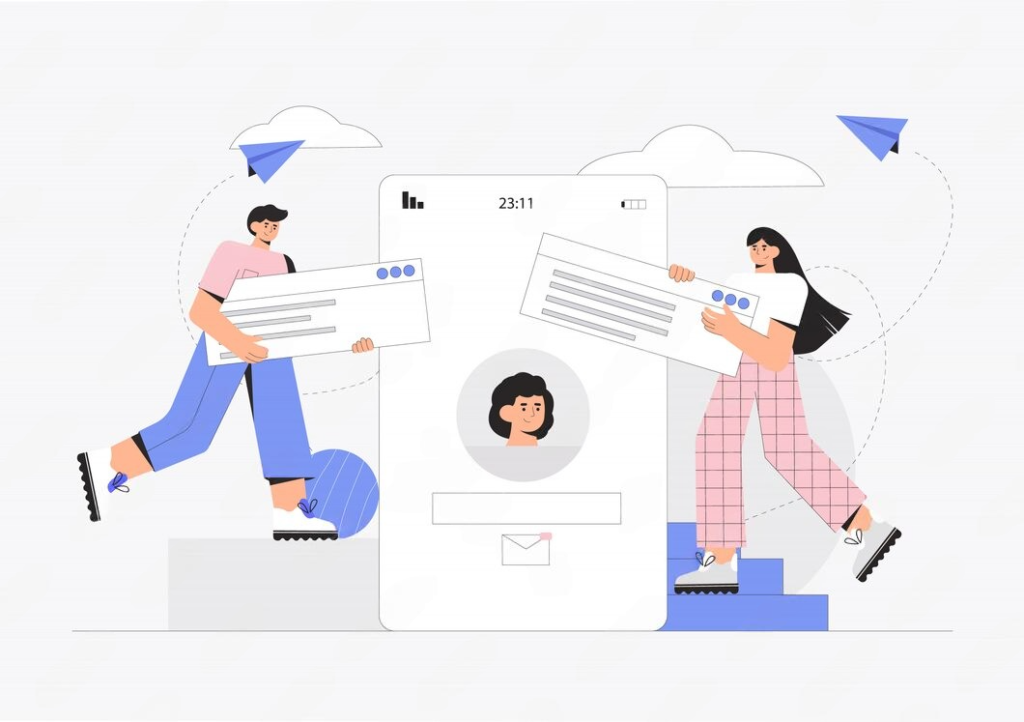
The first thing that comes to mind when we think of one of the most crucial benefits of a well-defined SaaS buyer persona is enhanced targeting. Knowing exactly who your best customers are enables you to create laser-targeted marketing campaigns that speak to precise segments of your audience so that you can see greater overall engagement and conversion rates as a result. It’s way easier to personalize messaging when you know the exact pain points and aspirations of your customers. Buyer personas allow you to personalize your communication so it speaks directly to a specific audience’s needs and desires, increasing the effectiveness of your marketing and selling strategy. Another key benefit of using buyer personas is better product development. The insights derived from personas serve as a beacon for product teams, helping them prioritize features and enhancements according to what truly matters to users, thus aligning product development with customer value.
Developing a Buyer Persona
Let’s explore a detailed step-by-step checklist to help you create a complete SaaS buyer persona:
- Do You Know the Decision Makers and Their Job Titles?
Even in B2B SaaS, most buying decisions are not made by a single person. Instead, they usually include:
- End-users: Who will be using your SaaS product on a day-to-day basis?
- Decision-makers: Senior business executives or managers who approve the purchase.
- Influencers: Employees who suggest the product to decision-makers.
- Procurement teams: The people who deal with budgets and contracts.
Checklist Task: List all stakeholders in your sales process. Make sure your persona profiles include information on each group.
- What Are the Major Pain Points of Your Target Audience?
This is key for positioning your SaaS product against a customer pain point. Some examples of common pain points in the B2B SaaS space:
- Putative inefficiencies in current processes
- High operational costs
- Lack of scalability
- Data security concerns
Checklist Item: Interview existing customers, and analyze support tickets and feedback for common pain points.
3. What Are Their Goals and Objectives?
B2B SaaS buyers typically have objectives that influence their purchases, including:
- Improving productivity
- Reducing costs
- Enhancing collaboration
- Ensuring compliance
Checklist Item: To set measurable goals for each persona (e.g., “reduce time on manual data entry by 30%”).
- What Are Their Demographics?
Demographic data may not be as important in B2B as in B2C, but it still adds valuable context to your personas. Demographic information of relevance for the sample:
- Size of company (small, mid-sized, enterprise)
- Experience level (junior, mid-level, senior, etc.)
- Job title and department
- Location
Checklist Task: Collect demographic data from your CRM records and interviews with customers.
Adding Detail to the Buyer Persona
5. Where Do They Look For Information?
Knowing where your potential customer types go for information means you can channel your marketing efforts effectively. Common sources include:
The vast majority of B2B SaaS buyers will gather information from multiple trusted sources before making a purchase. For more in-depth analysis and trends relevant to their field, these individuals often turn to industry blogs and publications. They also enjoy webinars and podcasts, which provide expert insights and practical advice. Similarly, LinkedIn groups and professional networks can be used for peer-to-peer discussions and recommendations. Last but not least, you must rely on the information you can find on online review sites that assess possible solutions based on consumer feedback and ratings.
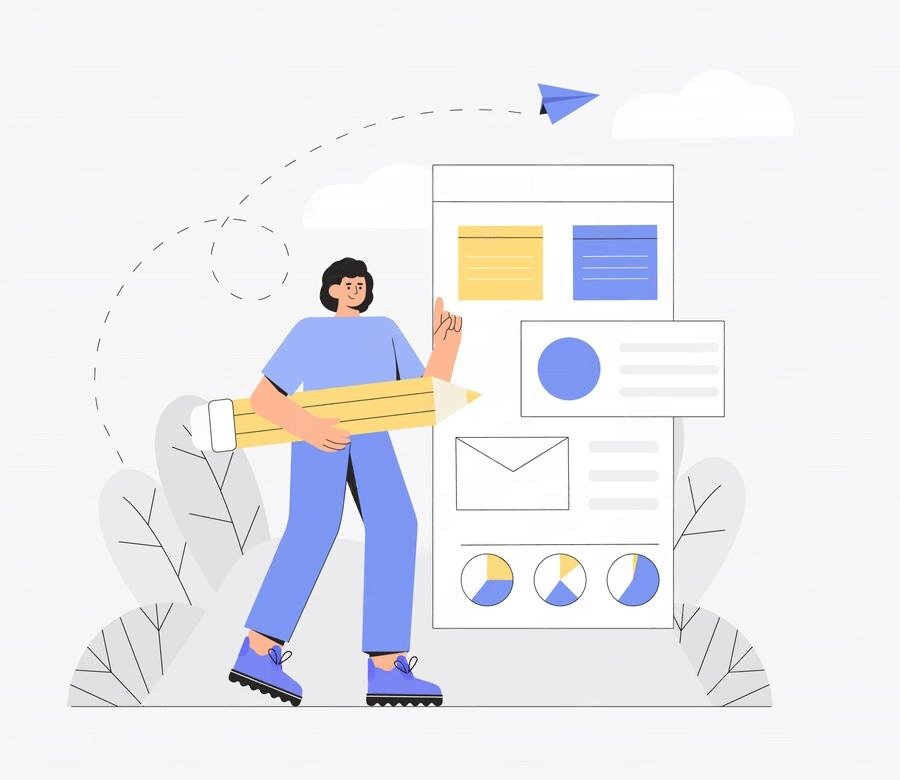
Checklist Task: Identify where your current customers look for information by doing a survey.
- What criteria do they use to evaluate SaaS solutions?
When SaaS solutions are being considered by B2B buyers, they usually have a list of criteria that they are looking for. These may include:
- Integration with existing systems
- Pricing structure
- User-friendliness
- Customer Support and Onboarding
Checklist Task: Have your sales team share common questions they receive and objections they face during the sales process.
7. What Are Their Objections and Concerns?
So, by understanding potential objections you can make sure you address them in your marketing and sales materials before they arise. Here are some common B2B SaaS concerns:
- High upfront costs
- Data privacy and compliance
- No in-house expertise to deploy the solution
- Vendor reliability
checklist task: List common objections and how to respond to each.
- What Type Of Buying Process Do They Prefer?
Every organization has its buying process. Some customers like a fast, self-service model, and some require multiple demos and long negotiations.
Checklist Task: Create the typical buying journey of each persona, from awareness to the decision.
- What Types of Content Do They Respond Best To?
SaaS marketing is too dependent on content. By understanding what type of content resonates with your personas, you can create valuable resources that foster engagement. Examples include:
- Case studies
- White papers
- Product demos
- ROI calculators
Checklist Task: Monitor content performance metrics to understand what resonates more with your audience.
Positioning Your B2B SaaS
- How Do You Update Your Buyer Personas?
Buyer personas evolve; they are not fixed. Your target audience is not set in stone, and neither is your company.
Checklists: Review your buyer personas with the sales, marketing, and customer success teams on a set basis
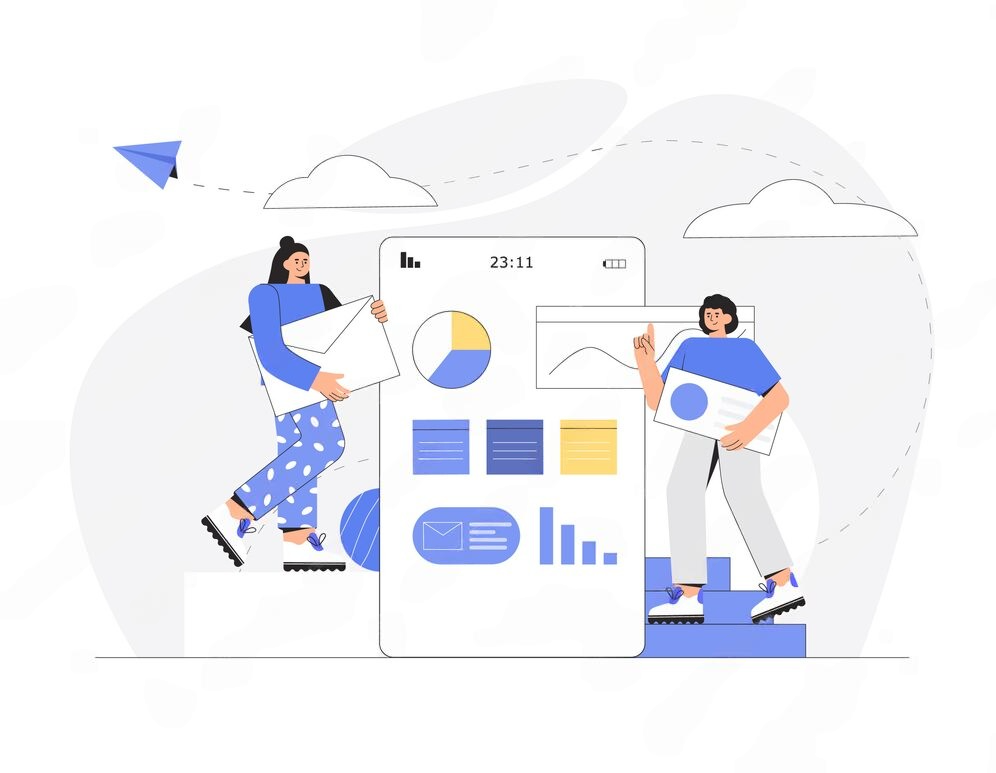
Launch a Campaign
Having a clear buyer persona makes it much easier to launch targeted campaigns. You can customize your messaging, channels, and offers according to your personas.
Persona-Driven Campaign Key Steps:
- Research Your Ideal Customer Type
- Create messaging that solves their pain points.
- Go where they look for information.
- You need benchmarks and adjust your strategies accordingly.
Related Article: https://www.adlabz.co/8-b2b-saas-lead-generation-strategies-for-2025
How the Buyer Persona Compliments Your Marketing Strategy
Having detailed buyer personas makes your marketing better and provides consistency across all channels. Here’s how personas complement your whole approach:
Marketing
Autonomized techniques: Employ personas for targeting campaigns in email marketing, advertisements, and content.
SEO and content strategy: Consider using important keywords/topics relevant to your personas, e.g. — “best SaaS solutions for small businesses.”
Sales
Focused outreach. Provide sales force with persona-based messaging and objection-handling scripts.
Qualify leads better: Use personas to better qualify leads.
Product Development
Prioritizing Features: Build features that solve pain points for different personas
User needs: Design intuitive workflows that align with user persona data.
How Do You Measure the Effectiveness of a SaaS Buyer Persona?
To measure how effective your buyer personas are, track these metrics:
- Lead conversion rates
- CAC (customer acquisition costs)
- Customer lifetime value (CLV)
- Time to close
Checklist Task: Keep track of these metrics consistently to identify if your personas are creating improved results.
Conclusion:
B2B SaaS strategy heavily relies on the accurate and granular buyer persona of your target SaaS buyers. It makes sure that your marketing, sales, and product teams are aligned around a common understanding of your target audience. Using this B2B SaaS buyer persona checklist can help you develop in-depth personas that lead to better engagement outcomes, increased conversion rates, and higher revenue.
Keep in mind, that a SaaS buyer persona is not a set-it-and-forget-it task, continuous refinement is necessary. Continue to collect feedback, evaluate metrics, and refine your personas to remain competitive in the changing B2B SaaS environment.
You might also be interested:



